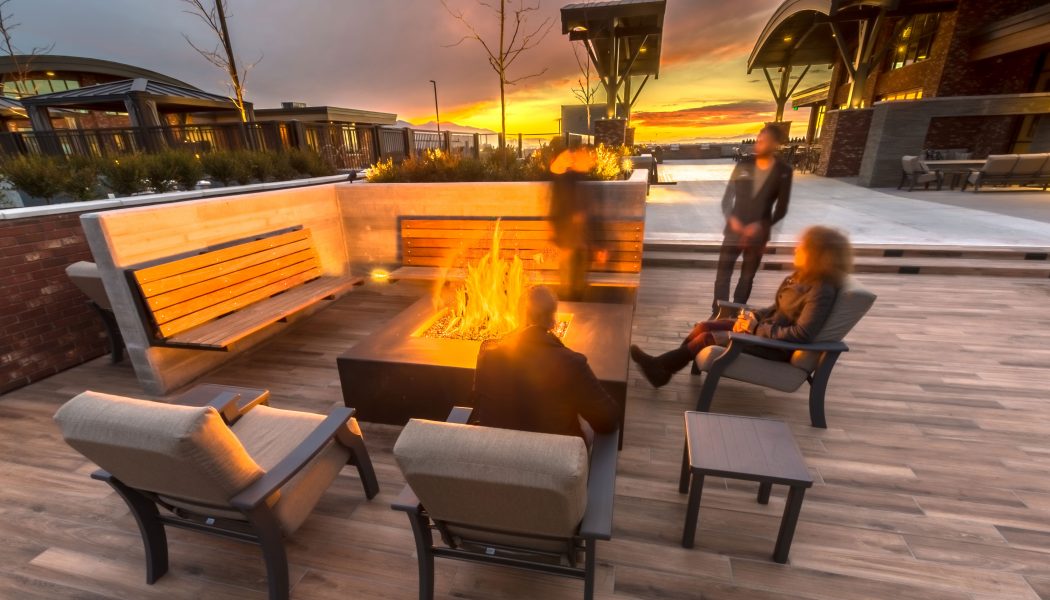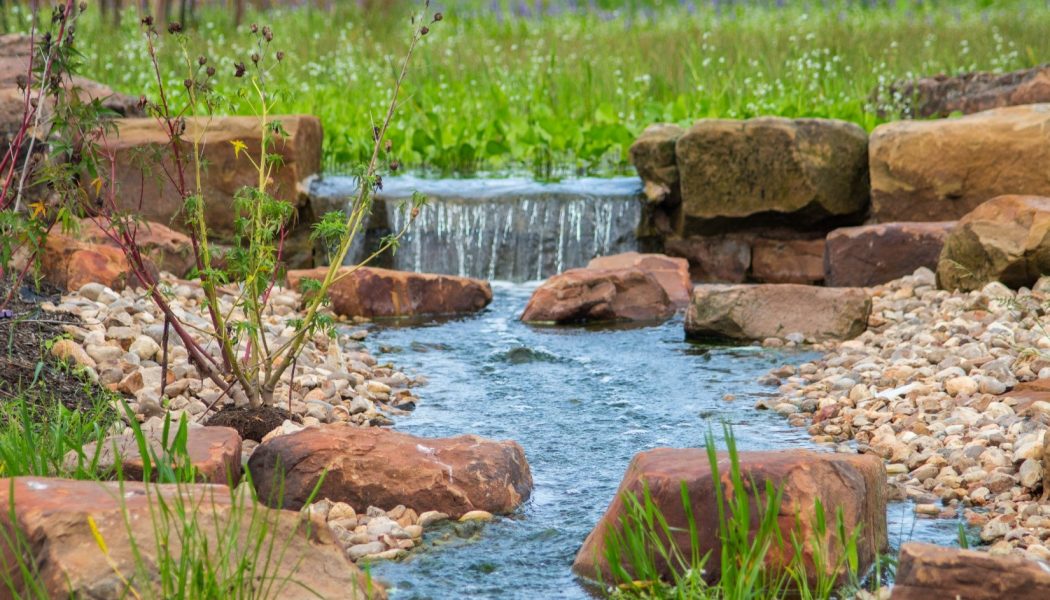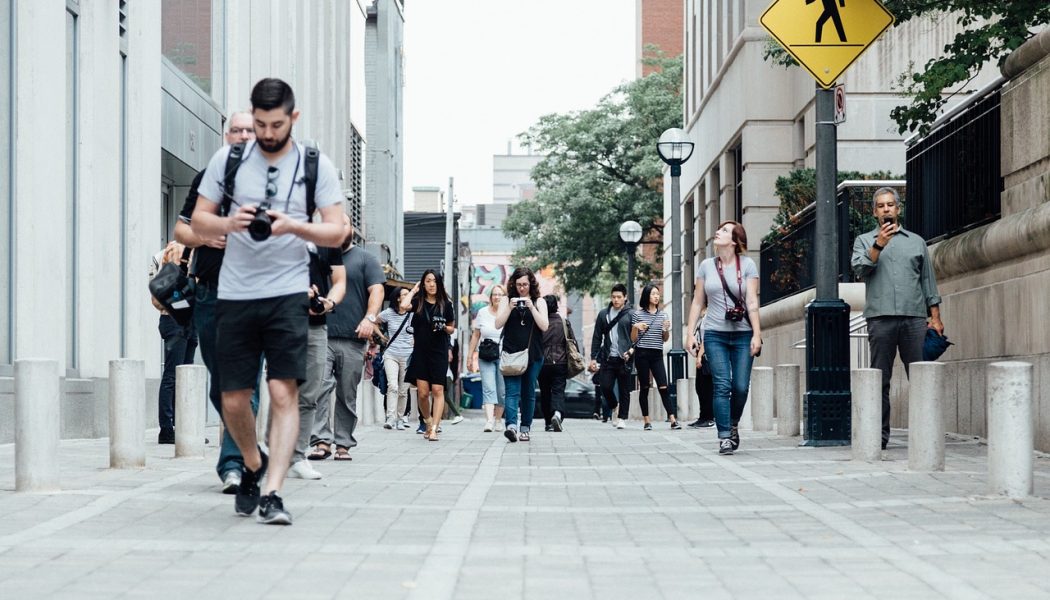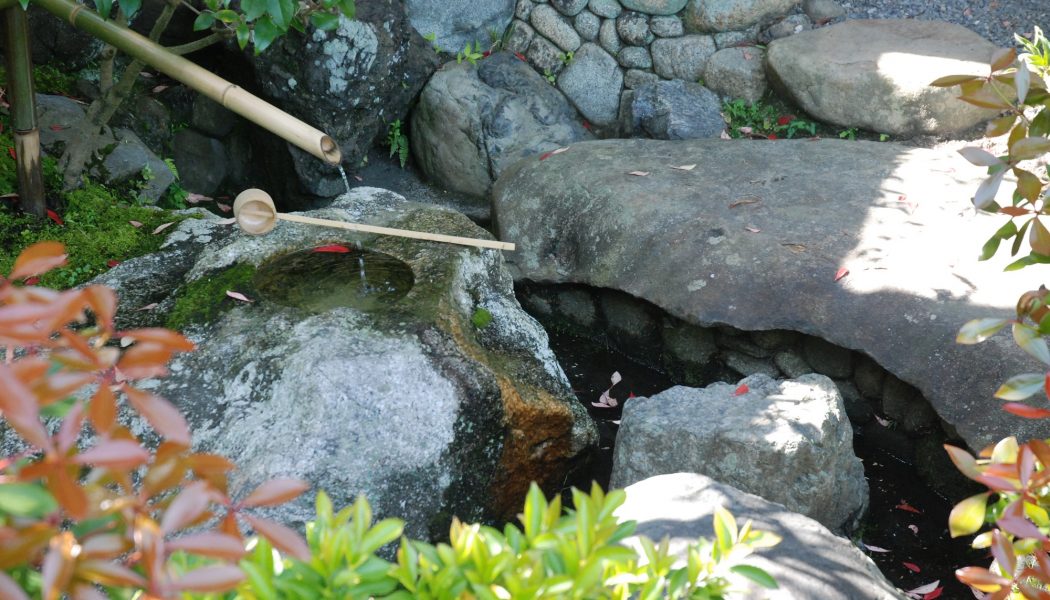Featured
Posts to be featured on the Main Page.
New LARE Grant Program Launched by Anova
Anova Furnishings, the U.S. based contemporary outdoor furnishings manufacturer, is launching an exciting new grant program to support licensure candidates undertaking the LARE (Landscape Architecture Registration Examination). Ten awards of $1,000 each will be announced in February 2019, after an application period that kicked off at the ASLA Annual Meeting & EXPO in Philadelphia last week. The competition is a two-step process. Applicants who meet the requirements to sit for the exam must find a sponsor who is a currently licensed landscape architect to nominate them (sponsors may only nominate one candidate). Nominations must occur between October 19 and November 30, 2018. Next, applicants will write an essay of 500 words or less explaining how their experiences with the profession ...Read More
5 Things Architects Want from a Landscape Architect
We love architecture and we love working with architects. It’s no secret that there’s sometimes tension in the architect/landscape architect relationship, but there’s no reason it needs to be that way. The duo will always create a better project together when they work as a team in harmony. Over the years, we’ve successfully navigated many projects and relationships and we’ve listened to what architects say about what rings their bell and what pushes their buttons. To lay the foundation, here are five guidelines for working with architects that will help you become their ‘go-to’ landscape architect, time after time. Be responsive to deadlines It’s tempting to say “never miss a deadline”, but never missing a deadline requires that you recognize when time seems short and respond to that. Eve...Read More
The Climate Report That Changes Everything for Landscape Architecture
On October 8, 2018, the UN released a bombshell report whose implications will shake the profession of landscape architecture to its core. The report lays out clear evidence that if world governments don’t take drastic action to end the fossil fuel era over the next decade, in the very near future humanity will witness severe food shortages, climate related poverty increases, and massive ecological destruction, all leading to unprecedented human migration. This is ultimate proof of the destructiveness of fossil fuels and the first time we’ve definitively been presented their needed expiration date. “This report shows that we only have the slimmest of opportunities remaining to avoid unthinkable damage to the climate system that supports life as we know it,” said Amjad Abdulla, an Int...Read More
Authentic Nature is Our Greatest Amenity
On a sticky Saturday morning, a pickerel frog lets out a slow, steady snore as he perches proudly in his newly found, tiered-pond paradise. Just below the water’s surface, dozens of intrepid tadpoles dine on algae — while others succumb to schools of hungry fish on the prowl for a morning snack. Aquatic plants shimmer in the sunlight, as ever-evolving shadows cast from bald cypress branches sway to wind-swept rhythms across the wetland wonderland. A great blue heron drops in for a closer look when the proud pickerel frog catches her eye. Just beyond this nature show scene, the smiling faces of children explore the setting and make memories they’ll cherish for ages. Some wade in the muck searching for crawfish and frogs, others skip stones and trade playful taunts in friendly competition, w...Read More
Landscape Stories as Catalysts of the Shared City [Video]
The ways in which citizens engage the landscape reveal a community’s values and priorities. During the Land8x8 Lightning Talks in Seattle, Nate Cormier, Principal at Rios Clementi Hale Studios, conjectured that American urbanism has a storytelling problem. Arcadian and Utopian mythologies of the West were used to sell sprawling patterns of land use and transportation which encouraged people to live in low-density environments and to take their leisure in private. Through media like Sunset Magazine, the California backyard grew into an American ideal. The resulting landscape of inequity has in recent decades been compounded by virulent NIMBYism (“Not In My Backyard”) which resists infill housing and makes living in job-rich cities increasingly unaffordable for young people. Whil...Read More
How Landscape Architecture Mitigates the Urban Heat Island Effect
Global temperatures are rising. This is especially felt in urban areas due to the urban heat island (UHI) effect, where temperatures can be 10oF (5.5oC) higher than the surrounding countryside. This phenomenon is due to several factors that combine to alter the local microclimate of an urban area. However, several techniques can be employed by landscape architects to help combat the local rise in temperatures, saving money, reducing global warming, and making a more pleasant environment to live and work. In this article, we look at what the urban heat island effect is and what landscape architects can do to combat it. What is the Urban Heat Island Effect? Objects of different colours reflect varying amounts of light. Surfaces with a greater albedo (or lighter colour) reflect more of the su...Read More
Landscape Architecture in Walkable Cities
For too long the city has been designed for cars. Pedestrians can often feel like second-class citizens, as cities are much easier to drive into than walk through. Recently, built environment professionals have been advocating improving the quality of our built environment by making cities easier to navigate by foot. In this article, we look at how landscape architects are especially well qualified to implement walkability in our cities and how landscape architecture can improve the quality of our walkable urban environment. Walk and Walkability A simple definition of a walkable city or neighbourhood is one that is enticing to pedestrians, encouraging walking over other forms of transport. Professionally, the term covers several phenomena. In her 2015 paper ‘What is a Walkable Place? The W...Read More
The Divinity of Detail: Lessons from the Japanese Garden
The phrase “God is in the details” is, with uncertainty, attributed to Ludwig Mies van der Rohe. But whether it came from the Modernist great or someone else, there is something about the play of detail in the creative process that transcends time and geography. Detail occupies a particularly complex and nuanced role in the Japanese garden. The Japanese gardener’s planning process is embedded in the details – working up from the individual elements, rather than from a top-down master plan. A layout and sketches inform and help guide the process, but factors such as the available choice of materials can cause a change in the design. It can happen that the directionality of one particular boulder or composition of boulders, or the form of a single tree, becomes the focal point — and by...Read More
Into the Weeds [Video]
Imagine the world is at the edge of an apocalypse – that Earth’s life has been greatly damaged and resembles a disastrous wasteland. The grim images painted in science fiction films are generally understood to be out of the realm of real possibility. However, during the Land8x8 Lightning Talks in Seattle, Michelle Arab, Director of Landscape Architecture at Olson Kundig, asks us to consider this landscape for a moment. Arab begins her presentation by evoking the imagery of the barren landscapes of Blade Runner 2049 – a stark vision of a world shattered by some nameless disaster – and asks us to consider the role of landscape architecture in a post-apocalyptic world. What lessons might we take from this type of world and how we will design in it? At a time where natural disasters such as hu...Read More
How Autonomous Vehicles are Influencing Urban Design
The rise in autonomous vehicles is happening faster than many people think. NVIDIA CEO, Jensen Huang, says that fully automated vehicles will be on our roads by 2022, while Scott Keogh, Head of Audi America has promised that Audi would have its first self-driving cars ready to purchase by as early as 2020. So, with the rapid acceleration of the autonomous vehicle (AV) market, what are the main challenges we face as urban designers? And how will autonomous vehicles affect the urban fabric of our cities? Towards a New Autopia? Throughout the latter half of the 20th century, our urban and suburban environments have been primarily designed for private car use. However, there has been a recent reduction in the ownership of private vehicles. Thanks to on-demand ridesharing services like Uber and...Read More
The Most Important Chart for the Future of Landscape Architecture
The chart above is of profound importance to landscape architecture as a profession and especially for any practitioner or student under the age of thirty. This chart, which is based on the science supporting the Paris Climate Agreement, foretells that if we are to have any chance at salvaging a livable climate, humanity must essentially cease the use of fossil fuels within 30 years. Vitally too, this chart shows that we must work to draw down the excess carbon dioxide (CO2) that is already in the atmosphere. These two actions give us the best chance of bringing climate back into a balance conducive to civilization. This “below zero” era of minimal carbon dioxide emissions and increasing CO2 drawdown will have enormous implications for landscape architects. For while the need for our work ...Read More
3 Reasons You Should Start Drawing Now
When is the last time you packed a sketchbook and went drawing outside? Sitting down, really observing a place, understanding it more with each traced line? Maybe you’ve been drawing during your studies and stopped because you do not have the time anymore. Or you might be new to hand drawing and want to learn. We strongly believe hand drawing is something every landscape architect can benefit from. That’s why we’d like to share 3 reasons why you should definitely pick it up: 1. A New Trend Think five years back – a brief scan of competition entries in architecture and landscape architecture would show almost nothing but photorealistic renderings or photoshop montages. It was an attempt to come as close to the visual reality that is suggested to get built as possible. However, r...Read More


























